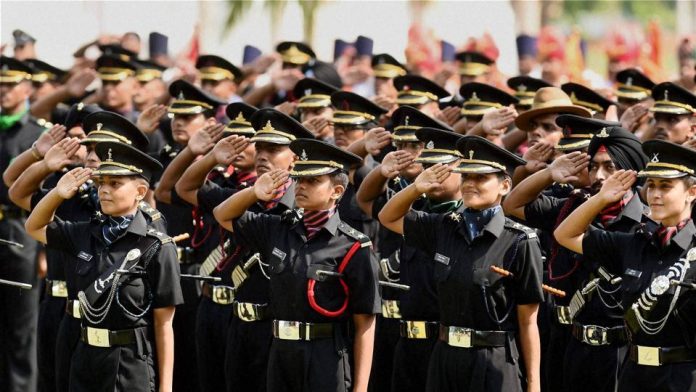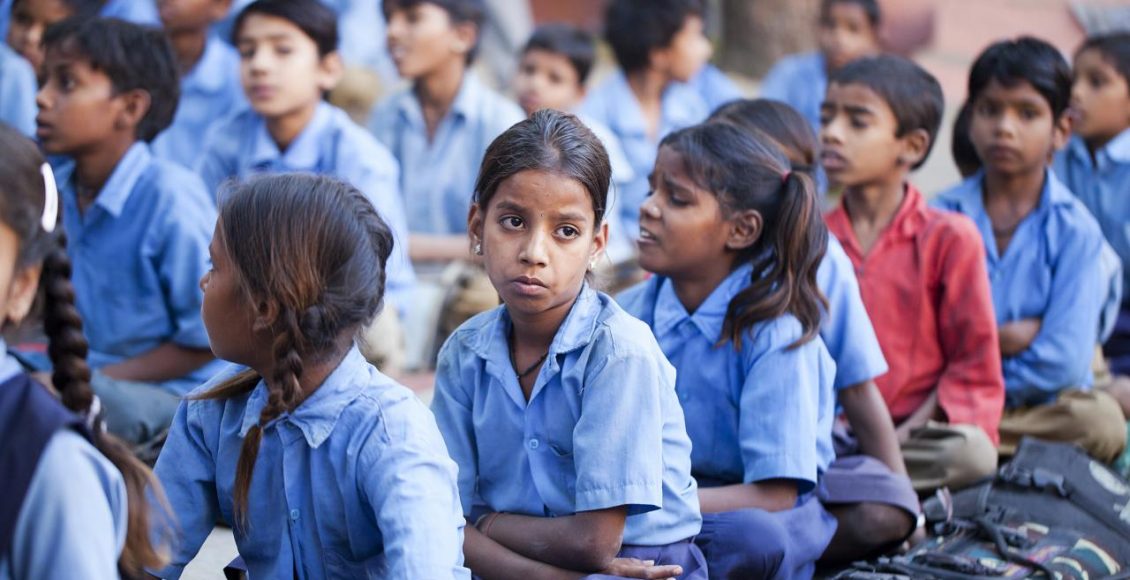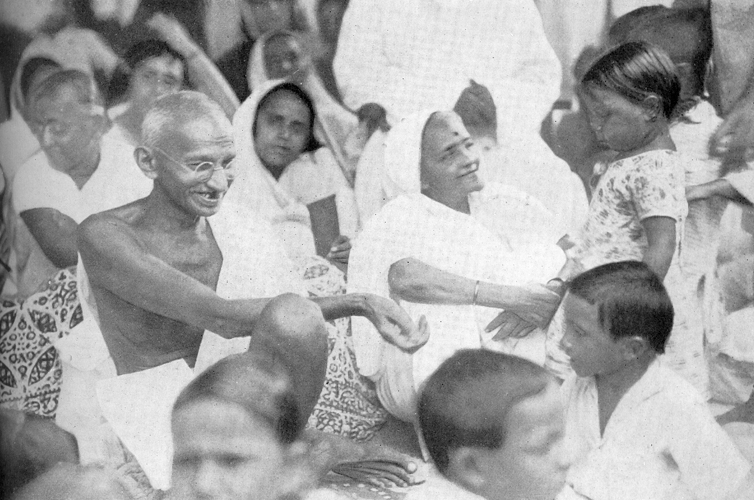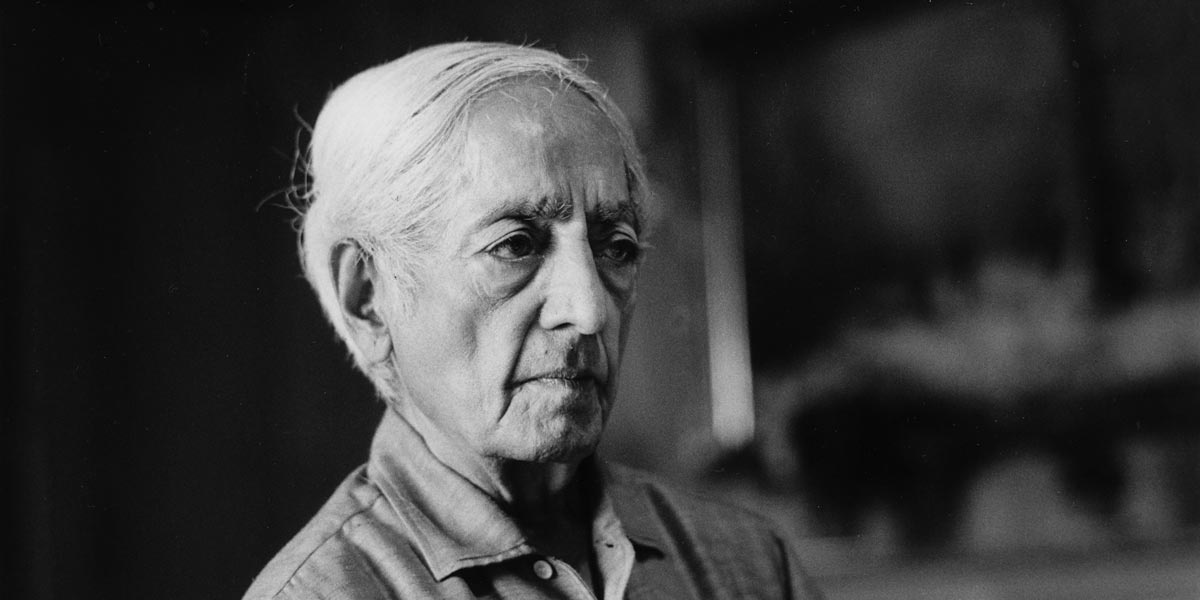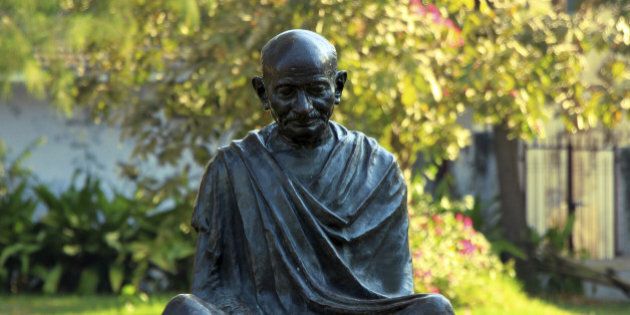In an important moment for the history of Indian military, the Supreme Court has said that unlike before from now on women officers can be offered command positions at par with their mail counterparts. And this has to be implemented within three months.
The Supreme Court also said that if the government had issued any arguments against the allotment of command positions to women, such a step was only based on discriminatory bias and stereotype.
The court also said that the permanent commission shall be available to all women, regardless of the years of service.
This would imply that a woman can now be eligible to rise to the level of Colonel and above based on her merit just like her male counterparts have been able to do for the last many decades. At the Colonel rank, an officer has substantial command and would be delegated to conduct tasks independently.
A Colonel commands a battalion, which typically consists of 850 men.
After the Supreme Court order, a woman officer will be successfully able to hold this position and rise to the highest ranks of the Army. However, women officers will not be indicted into the combat arms such as the infantry, artillery or armoured corps.
The Supreme Court also noted that from now on any woman who has served more than 14 years in the Short Service Commission(SSC) in the Army will have the option of permeant commission. The Apex court also noted that there was a “fundamental fallacy” in the Centre’s policy of considering only women with less than 14 years for permanent commission.
It said that there had been a blatant gender bias in the army for decades and now this could not go on. It ordered that the army can no longer choose to discriminate between men and women.
The Court said, “To cast aspersions on gender is an affront to their dignity and to the country. Time has come that women officers are not adjunct to their male counterparts.”
It also called the government’s arguments for discriminating against women on the basis of physiology, disturbing and discriminatory. Justices DY Chandrachud and Ajay Rastogi said, “Physiological futures of women have no link to their rights. The mindset must change.”
The government told the Supreme Court that troops were not ready to accept women officers in command units as they largely came from rural India and had not been mentally schooled in the manner.
But the Apex court said, “Women work shoulder to shoulder with men. The Centre’s submission is based on gender discrimination and stereotype.
Women Army officers brought laurels to the country.”
The Court also noted that the petitions had refuted the government’s contention that women shouldn’t be offered the highest posts due to their physiology and rejected all discrimination against them.
The judges overwhelming put forward gender equality and rights before everything else.
In the contemporary times, women officers are allowed to serve 10-14 yers in the Short Service Commission. Women officers are allowed entry into Army Service Corps. Ordnance, Education Corps, Judge Advocate General, Engineers, Signals, Intelligence and Electrical and Mechanical Engineering branches. There is no scope for women’s entry into combat roles like infantry, armoured, mechanised infantry, aviation and artillery.
Even in the Indian Air Force and the Navy, only limited combat positions are open for women but by and large they offer permanent commission.
It will now be interesting to see how the top court’s challenge to persistent discrimination and stereotype against women plays out in the day to day functioning of the army.
We also need to see how women officers get more acceptance by their units and how a correct socialisation and exposure to female run battalions is given in order to allow for smooth functioning and a truly gender sensitive army.

